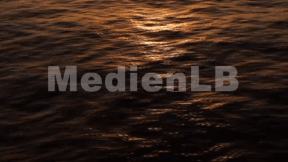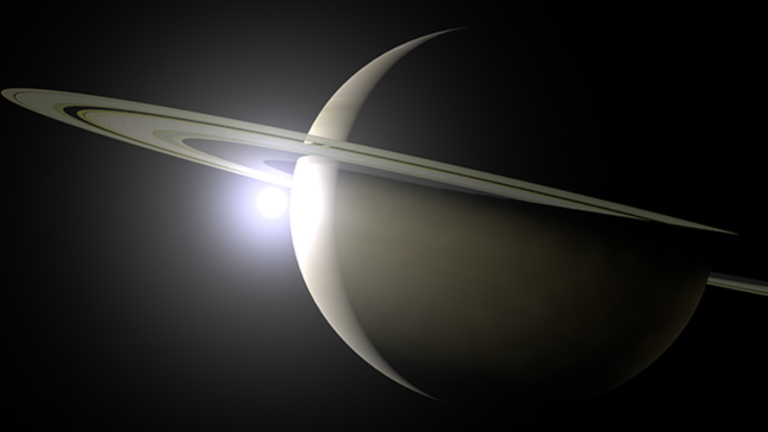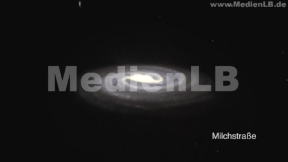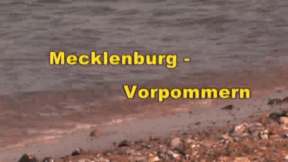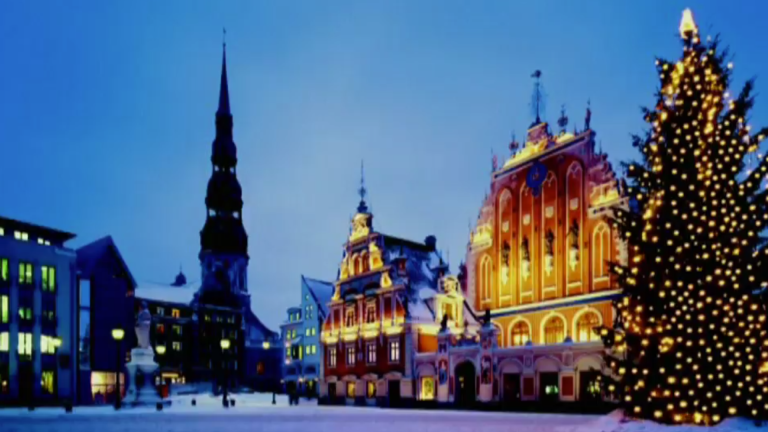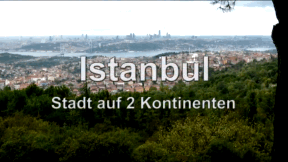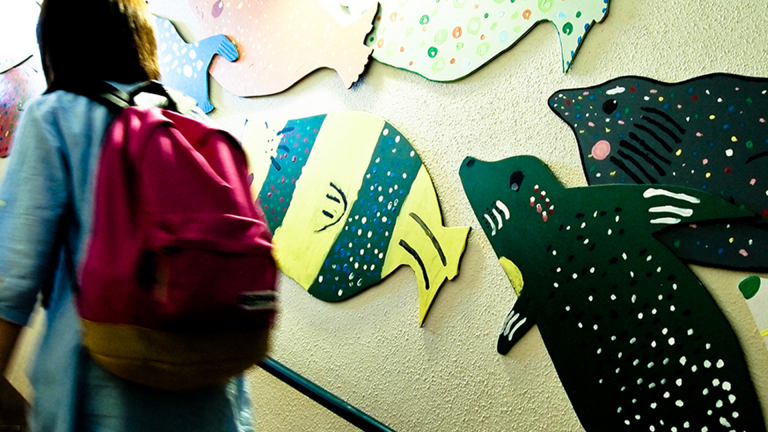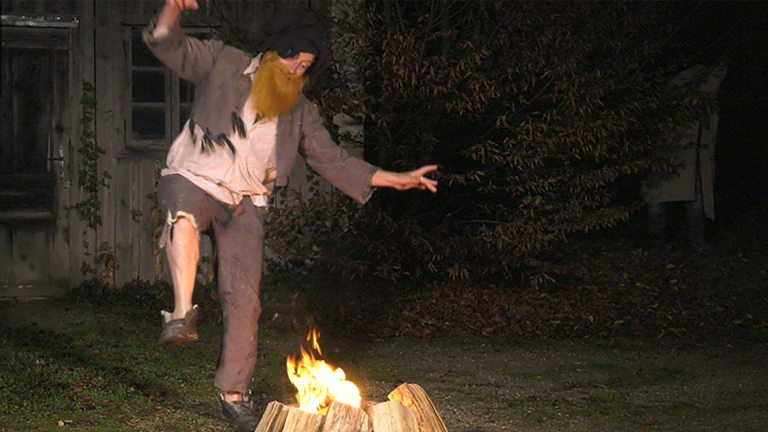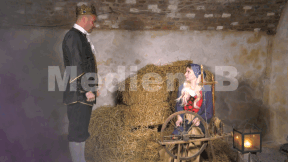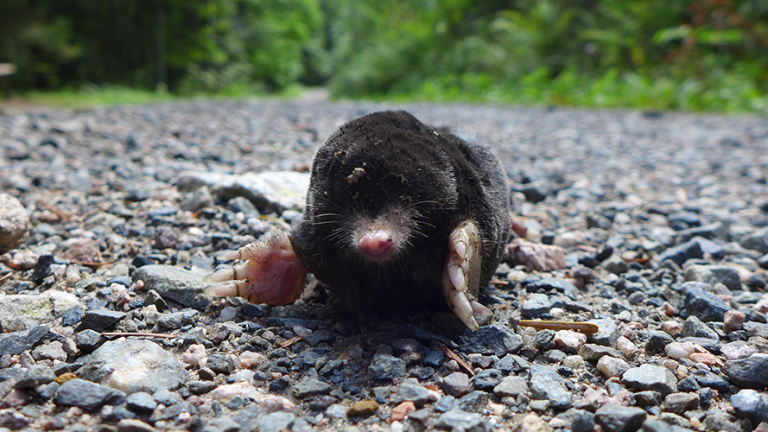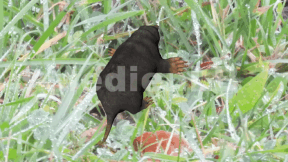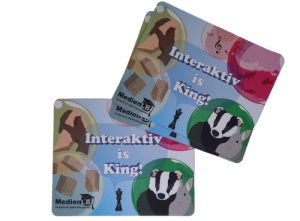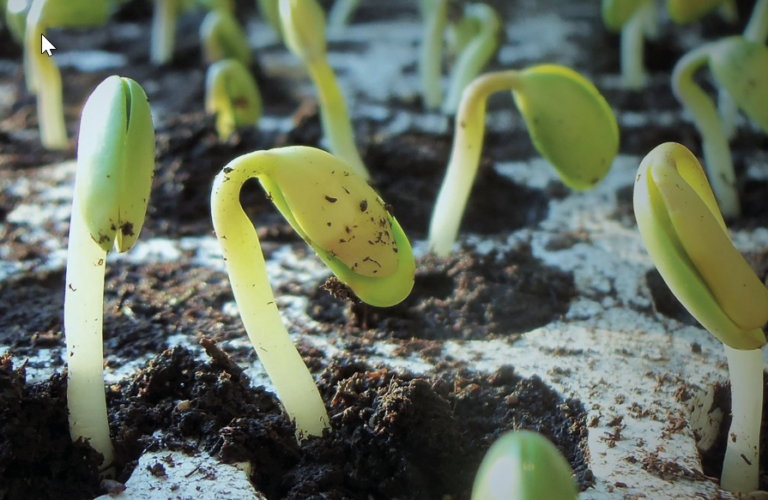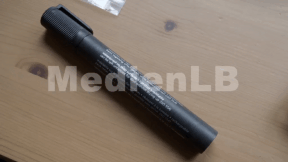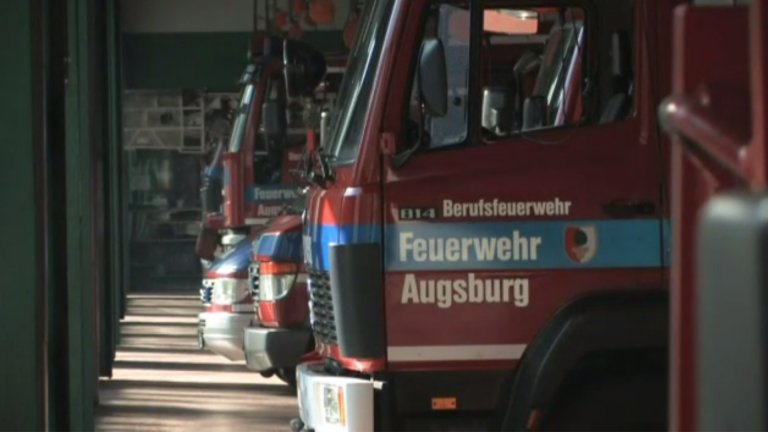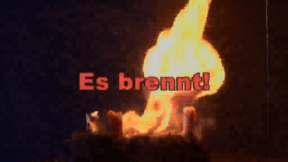Suche:
- # Artistry
- # Biology
- # Chemistry
- # Ecological
- # Economy
- # English
- # Foreign Language
- # Geography
- # German
- # Health
- # History
- # Informatik
- # Latin
- # Mathematics
- # Media Education
- # Music
- # Physics
- # Politics / Civics
- # Preschool
- # Primary School
- # Religion
- # Society
- # Sports
- # Technology
- # Training of Teachers
- # Vocational Education
Meeresverschmutzung
Die Ozeane sind ein hochkomplexes Ökosystem – das zunehmend unter dem Einfluss des Menschen leidet.
Learn moreOur Solar System
Looking up at the cloudless night sky is something special. It is a spectacle that we are offered free of charge every clear night.
Learn moreMecklenburg - Western Pomerania
Mecklenburg-Western Pomerania is the most north-eastern land of Germany. It encompasses an area of 23.174 square kilometres. Because of its long name Mecklenburg-Western Pomerania is often abbreviated in German with the letters MV or MVP. Colloquially it’s also referred to as Meck-Pom. The neighbours of MV are to the West Schleswig-Holstein, to the Southwest Lower Saxony, to the South the land Brandenburg. To the East there is the frontier of Poland. To the North the land is bordered by the Baltic Sea
Learn moreLatvia
This DVD offers a clearly structured overview of Latvia focusing on the following aspects: Situation within the EU, size and inhabitants, landscapes (regional landscapes, mountains, rivers), fauna and flora (storks, natural parks), the climate, history (short survey) up to its present system of government, old and new relations with Austria, traffic, transport and infrastructure, economic structure (agriculture, industry, energy supply, tourism), important cities and sights, the capital and former Hanseatic city of Riga, religion, traditions, lifestyle, food and drink, language, education, culture and music. Outstanding shots, didactically arranged computer charts, animated maps as well as historical pictures give the pupils a comprehensive overview of the country and its inhabitants in a form appropriate for their age group.
Learn moreIstanbul
In the southeasternmost corner of Europe, at the border to Asia, in the metropolis of Istanbul continents, cultures and religions meet. The film provides an insight into the topography and history of Istanbul. The great mosques, palaces and other historically significant monuments, some of them converted into museums, are described in detail. The economic importance of Istanbul, with its economic and financial sectors as well as the retail trade of the bazaars is another topic of the film. The confusing infrastructure of Istanbul, the division of the city into two parts and the resulting culture and transport conditions are dealt with. Istanbul life is characterised by tradition and modernity. Kemal Atatürk is considered the founder of the modern Turkey of today and his memory is cherished to this day. The bonus section gives an account of Atatürk’s life and reforms. Together with the extensive accompanying material the DVD is perfectly suited for use in the classroom.
Learn moreBundestag and Bundesrat
“I think politicians should by all means be responsible for the representation of interests, they should, so to speak, represent the people and make possible what the people wants in order to provide the greatest possible wealth and satisfaction in society. That should be their goal.“
Learn moreRumpelstilzchen
„Rumpelstilzchen“ gehört zu den bekanntesten Volksmärchen der Gebrüder Grimm. Mit viel Herz stellt der Film die Geschichte der schönen Müllerstochter und Rumpelstilzchen lebendig und anschaulich dar.
Learn moreMaulwurf
Jedes Kind hat schon einmal von ihm gehört, gesehen haben ihn die Wenigsten, denn er lebt meistens im Verborgenen.
Learn moreResponsible Consumption
What do “consumption“ and “consume“ actually mean? This is what the child reporter Ferdinand wants to find out today. That much is for sure: often it has something to do with money.
Learn moreHands-on Biology
To perform the experiment with beans you need first of all the seeds, of course. Runner beans are well suited for it. Watch out! Eaten raw, bean seeds are poisonous! For the germination experiments you need one plant pot per experiment. You need a waterproof pen for labelling the pots. Moreover, a watering can and water are required to keep the plant soil moist which is also needed. Some of the plant soil should be dried beforehand. To exclude the light you need a carton, to exclude the air a solid, transparent plastic bag and to exclude the soil cotton wool. In addition, scales, a glass and a protractor are required.
Learn moreOn Fire!
This DVD provides information on the history of fires and the fire brigade. The firefighters’ job is vividly illustrated, including their tasks and equipment. The topic of placing emergency calls plays a major part on this DVD. For safety training pur- poses, fire brigade operations are shown, causes of fires dis- cussed and extinguishing fires is practiced. In particular, the appropriate conduct in the event of a fire (alarm, test alarm, escape route, emergency call, fire detector, fire extinguisher, etc.) and first-aid measures for burns are demonstrated. The fact that besides the familiar fire engine, there are also fire brigades on water, on land and in the air shows how diverse this job is. A visit to the youth fire brigade makes this DVD especially suited for primary school pupils.
Learn more




